Introduction
Welcome to a journey through the clouds as we explore some of the most awe-inspiring skyscrapers that touch the sky! From architectural ingenuity to engineering marvels, these colossal structures have become symbols of modern human achievement and the centerpiece of city skylines around the world. Whether defined by their staggering heights, innovative designs, or cultural significance, each of these buildings tells a unique story of ambition and progress. Join us as we ascend to the top of the tallest buildings across the globe, each revealing a perspective that quite literally looks down on the rest!
The Tallest Buildings in the World
Buildings towering towards the sky have been of interest to people for very many years. That is why today, they symbolize our progress in technology and our architectural miracle. In this case, it is crystal clear that architectural masters from the Middle East, Asia, and even America have gone out of their way to design structures that not only characteristically loom over cities but also boast of incredible engineering ns. Here are some of the most amazing tallest buildings in the world and each of them has a certain architectural style and function.
Burj Khalifa, Dubai

Still, an important member of the breathtaking modern architectural wonders of Dubai, the Burj Khalifa remains the highest building in the world. Blending modern architectural design to the tallest building in the world with a height of 828 meters (2,717 feet)up to the year 2010. Standing at 828 meters high, Burj Khalifa was designed by Adrian Smith of Skidmore, Owings & Merrill and is used for residential, commercial, as well as, ultraluxury hotel purposes which include the Armani Hotel. The architectural design of its iron frame Y-shaped plan was purposely designed to reduce the forces of the wind and to offer solidity. The shell which is like a desert rose twists in a manner that opposes the effects of wind currents at the higher levels. Apart from the record of being the tallest building in the world, Burj Khalifa has the highest outdoor observation deck in the world, tallest swimming pool in the world, and the tallest restaurant in the world apart from being the tallest factory in the world.
Shanghai Tower, China
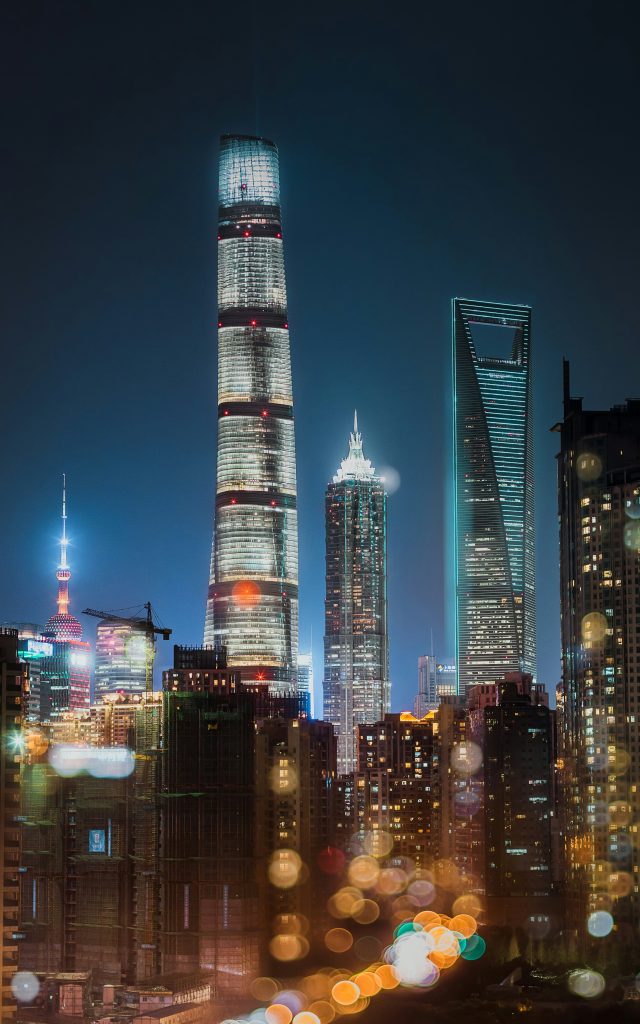
Shanghai Tower which is the current tallest building in China rises in a spiral to a level of 632 meters/20/73 feet. This was actually built as the headquarters of the Shanghai Vanke Real Estate Company and was deemed fully finished in 2015; it is located in the Lujiazui Finance and Trade Zone in Shanghai. Connecting 128 floors, the tower is mostly used for business purposes, but there are also shops, a hotel and visitors’ platforms. Its twisted shape that was designed by the American architectural firm Gensler cuts wind resistance by a quarter, which is a major advancement in the construction of tall buildings . The building’s layered glass façade envelopes a series of nine cylindrical buildings stacked atop one another, creating a zone between the façade and the main area to help regulate temperature and reduce energy consumption. This green architecture has earned Shanghai Tower a LEED Platinum certification, highlighting its sustainability.
Clock tower building or tower of Abraj Al-Bait in Mecca, KSA
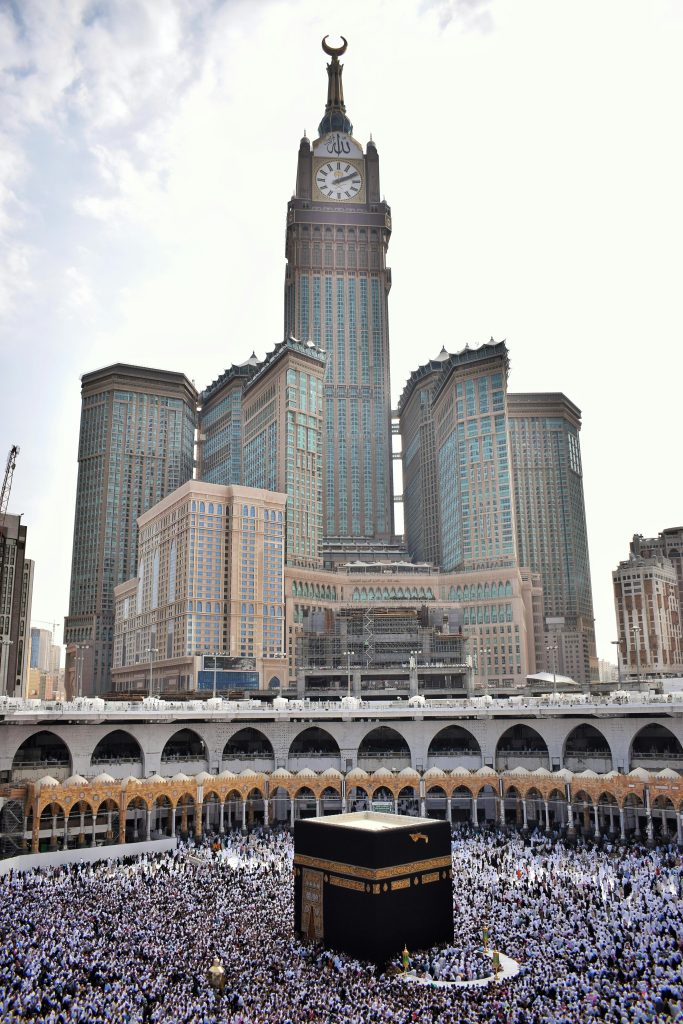
This skyscraper building is in Mecca also known as the holy city; it stands at 601 meters or 1,971 feet tall and is known as the Abraj Al-Bait Clock Tower. Unlike other tall structures that are just regarded as impressive steel structures, this structure is a government building that plays the role of a structure those people who attend Hajj pilgrimage. Construction of the power building was finished in 2012 and one of the outstanding features of the building is the giant clock that is visible from a distance of more than 25km thus being the largest clock face in the world. This is a splendid hotel inside the clock tower that can house many visitors say, going by the fact that many people visit this city, commercial buildings, and a prayer center that can comfortably accommodate more than ten thousand people. Just like it’s façade with its white and gold logos, it bears the look of traditional Islamic architecture with the support of today’s constructional technology.
It is Ping An Finance Center in China.
The architectural marvel is the Ping An Finance Center in Shenzhen, China with a height of 599 meters or 1,965 feet. This super tall structure built in 2017 is mainly used for the purpose of office space for the Ping An Insurance Company however, consists of some commercial uses and a conference facility. The relatively slim, rising form of the tower was designed by the American architectural company Kohn Pedersen Fox and has a series of strong stripes made from stainless steel operating vertically; this serves two purposes – it emphasizes the tower height and also acts as a support to withstand the climatic conditions. Certainly one of the kinds of structural features of the building is an observation terrace located at the 116th level of the southern tower.
Lotte World Tower located in South Korea.
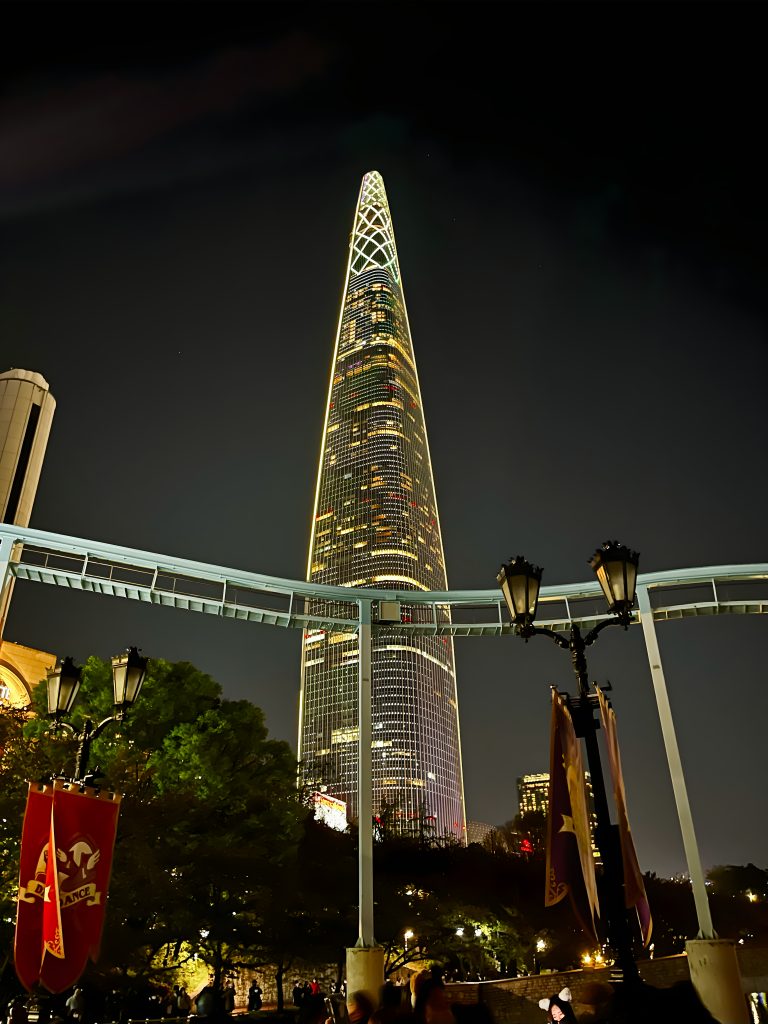
However, Seoul can be proud of Lotte World Tower constructed recently and reaching 555 meters (1831 feet) in height. Completed in January 2016, it is the tallest building in South Korea and ranks 5th tallest in the world as well. By adopting the fruity pattern of Korea’s ceramics and its calligraphy art, it is long in tactile form and tapering at the end. The functions of the tower include commercial environment such as shops, working environment such as offices, living environment such as units, hotel, leisure environment such as viewing decks an din eating environment. One of the most outstanding features of the tower has to be the Sky Deck situated at the top of the building where a glass floor gives a direct view of the ground, Provoking More Tourism and showing a side of fun that the citizens of Dubai never knew existed.
One World Trade Center, United State of America
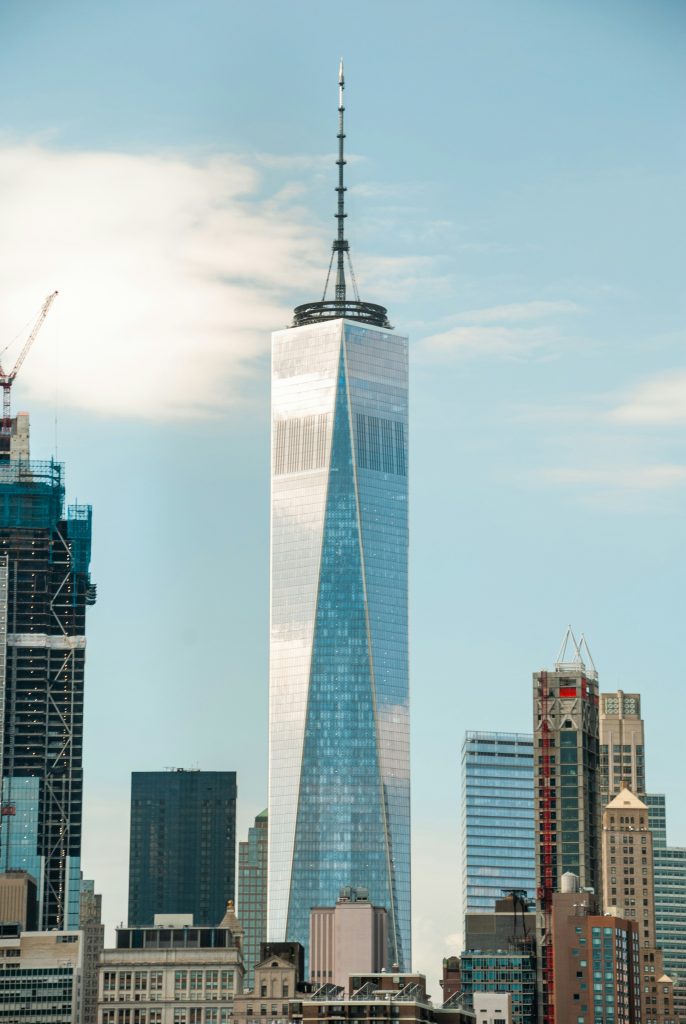
Located at the area that fell to the 9/11 terrorists, One World Trade Surveying the rapidly growing skyline of New York City, One World Trade Center is nothing but a symbol of resilience and rejuvenation. This building constructed in 2013 rises to a symbolic height of the year of America’s independence, 1776 feet or 541 meters. The new building by David Childs of Skidmore, Owings & Merrill has many safety features and integrated sustainable features such as wind-gardening glass and partly recycled steel. It functions as the business center on the lower floors with the upper floors occupied by observatory area, where visitors can have an amazing view of Manhattan. Besides the reflective surface and spire, the tower indeed symbolizes the victory of hope reformation and survival strength.
Guangzhou China, CTF Finance Centre
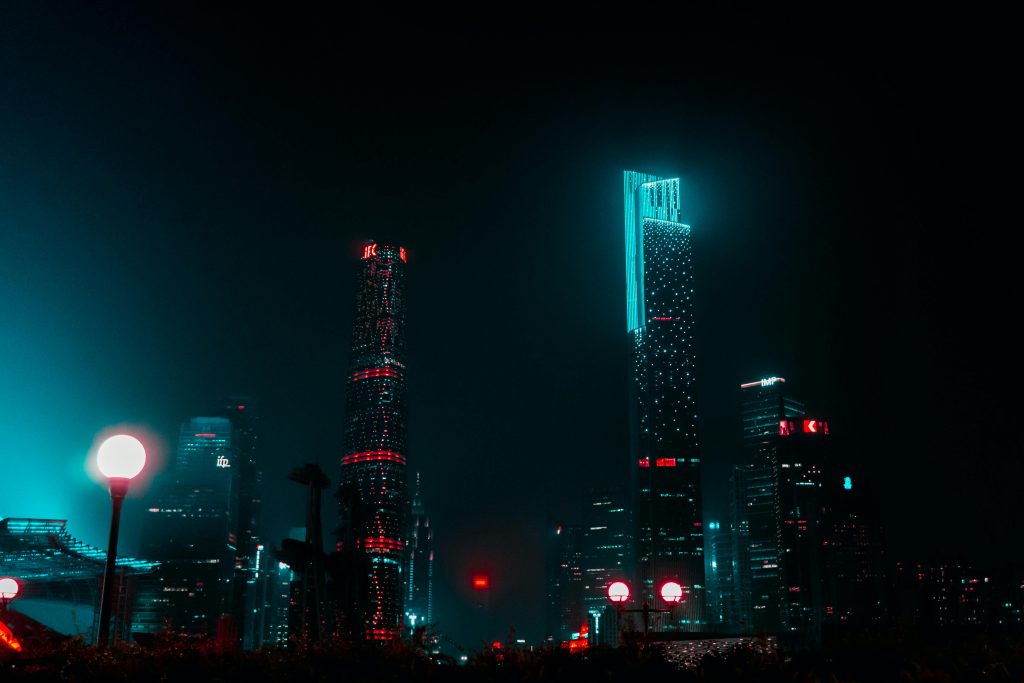
This contemporary 530-meter (1,739 feet) tower in the south eastern city of Guangzhou in China provides this function. An example of buildings with good wind-resistant design is the Guangzhou CTF Finance Centre built in 2016 that has a curved design for better wind path. It contains business offices, flats and a hotel; the lower floors include luxury mall shops. The tower is commended for it’s construction through a composite mega column structure in addition to the core-tube shear wall structure, which improves the bending moment of the structure in the event of powerful wind. It has one of the fastest elevators in the world that has the capability to travel at a speed of more than 70 km/h and it was installed in a high-speed elevator shaft that was built in corporation with ORA-Standard; all these are evidences of advanced technologies that were used in the construction of this building.
China, Tianjin CTF Finance Centre
Another sibling to the Guangzhou CTF Finance Centre is the Tianjin CTF Finance Centre standing at 530 meters tall and constructed in 2019. They became a superb example of the engineering and architectural ingenuity in the area of Tianjin in China. Like its twin it has offices, apartments, a luxurious hotel and commercial outlets. It was an architecture with an undulating façade whose aerodynamics are most commendable.
Zifeng Tower, China
At 450 meters or, 1,476 feet, Zifeng Tower of Nanjing is a very contribution to the silhouette of Jiangsu Province. It is a multi-functional tetraethylene designed for the offices, restaurants, and luxurious hotel; it was built in 2010. Conceived by Adrian Smith, the architect who drew Burj Khalifa, Zifeng Tower presents a single and dynamic form with a spiral that rises up to its peak hence attests to the status of a recognisable symbol on the skyline of Nanjing. The tower has a retail podium in base but the two halves are separated and have impressive sight lines to the Purple Mountain and the Yangtze River which merging nature and city.
Petronas Towers, Malaysia
Petronas Twin Towers rise in the capital city of Malaysia – Kuala Lumpur; the buildings were completed in 1998 and used to be the tallest ones in the world. StillConsidered as the world’s tallest twin towers, these two structures are each 452 meters (1,483 feet) tall. These include I. M. Pei and Cesar Pelli They are connected by a sky bridge at Level 41 and 42 in addition to serving as structural columns it also features of a public observatory. The outer skin of the towers involves curtain of stainless steel and glass that use Islamic art elements in their design since Malaysia is a Muslim country. This structure is not only a tourist destination, but it houses numerous offices, lecture rooms, a vast and long mall, and the Petronas Filipino concert hall; hence, skyscrapers are not all about the physical reach but also about functionality.
Conclusion
In the case of learning more about the world’s tallest buildings, let us look at how these edifices are more than just accomplishments, they are significant landmarks. They are emblems of desire, creativity and of the unceasing race to ‘defy the laws of physics’. With structures such as the Burj Khalifa soaring as far up into the sky as possible or the rather distinguished Shanghai Tower, these structures not only alter the face of cityscapes but also place in question the specific possibilities of architecture. The possibilities are endless and that is why no one knows as to how high the bar will be set the next time.

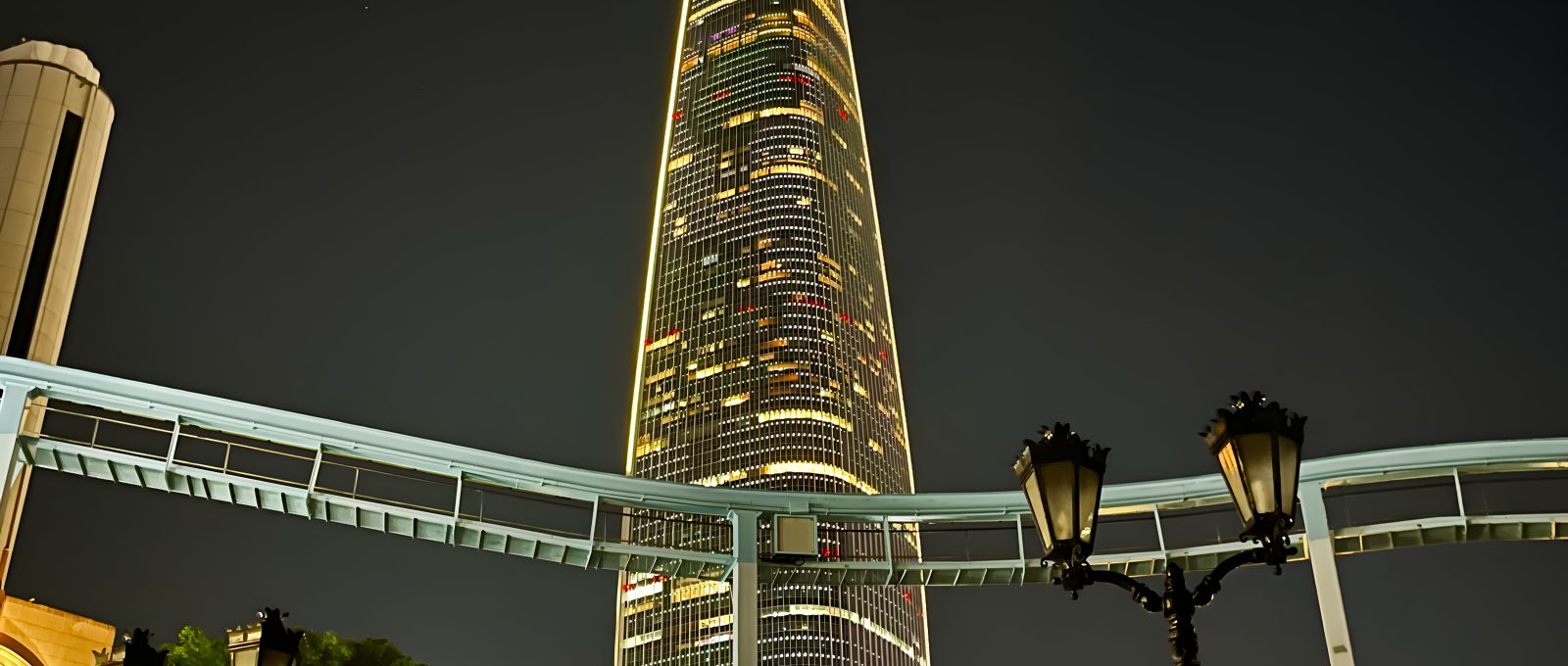


Leave a Comment